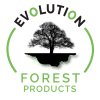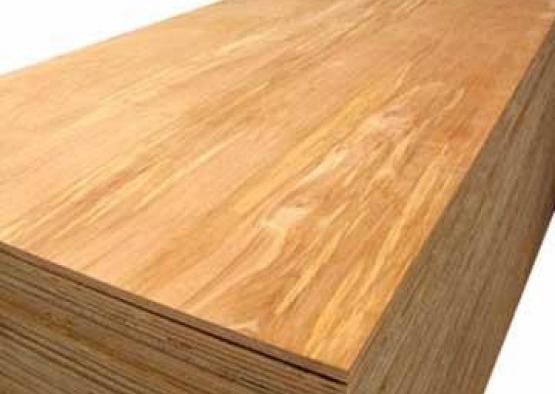
Protecting plywood
Plywood may be subject to decay and/or termite attack under certain conditions. In-ground applications can cause both decay conditions and termite attack. Correct preservative treatment against fungal attack, or rot, is essential for all plywood, either painted or unpainted, that is to be permanently exposed to the weather.
Infestation with termites is usually not a problem for plywood when used in above ground applications.
When should plywood be treated?
Plywood can either be treated by impregnation of veneers, prior to manufacture or by pressure treating manufactured plywood. Pressure treating plywood is an 'envelope treatment' only, treating the outer veneers, edges and ends of sheet. The preservative may not penetrate through the glue lines to the middle veneers. If plywood is cut, then localised paint on preservative treatment is required to the cut edge. This treatment is only practical for thicker panels.
It is important to note that preservative treating after manufacture or surface treating with 'brush on' preservatives should be done only after machining, sawing and boring has been completed. Some preservation treated plywood will be difficult to bond, particularly if phenolic or resorcinol adhesives have been used.
Preservative treated plywood is suitable for painting provided manufacturers recommendations are followed.
Plywood treatments
A range of preservative treatments are available for plywood including CCA (copper chrome arsenate), LOSPs (light organic solvent preservatives) and for veneers, Ruply and ACQ (Alkaline Copper Quaternary Compounds).
For building construction, the most suitable treatments are CCA and LOSP.
Plywood with a Type A bond used as exterior cladding must be treated against fungal and insect attack. This should be with a minimum of hazard level H3 for 'outdoors above ground' as per AS/NZS 1604.3.
Most softwood species can be treated with non-leachable preservative salts, which will impart decay resistance. The level of preservative treatment specified for softwood laminated beams used in Service Class 3 applications should be H3. Similarly LOSP envelope treatment can be used satisfactorily. It is always best to check with the manufacturer for recommended use.
Ongoing maintenance and inspections will help to make sure rot/infestation does not occur in structural above-ground applications.
Learn more
You can find out more detailed information about plywood here.
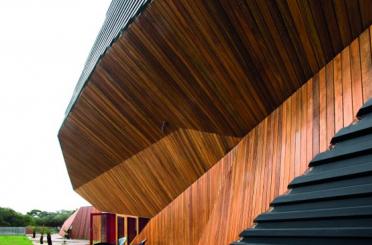
Cladding, External
Framing
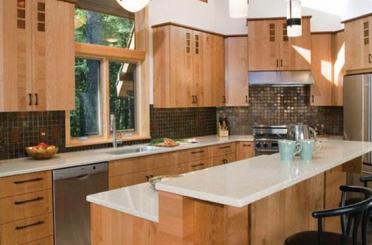
Joinery
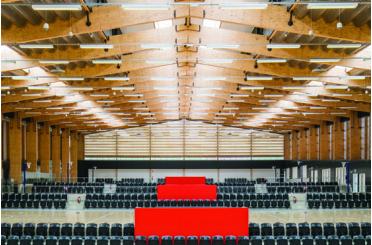
Portal Frames
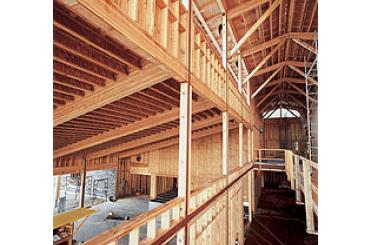
Shear walls
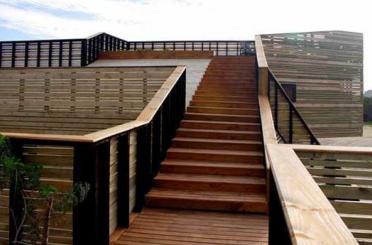
Stairs, Exterior

A. Lewis & Co. PTY LTD
Allied Forest Products
ALLKIND Joinery

Allmat Timber
Austim Pty Ltd
Austral Plywoods Pty Ltd
Australian Timber
Big River Group
Bligh Tanner

Cedar Windows Pty. Ltd.

D&R Henderson Pty Ltd
Dekhar Outdoors

Dromana Discount Timber

Fewings Joinery Pty Ltd

HR Design Group Pty Ltd
Logicoat

Pentarch Forestry
Premind Timber

Simmonds

Timber Blitz Pty Ltd

Timbertruss Northside

Versace Timbers




